For those lucky enough to be horticulturally gifted, I’m sure you’re well on your way to having a thriving greenhouse or garden. With a myriad of different species of flora to choose from, why dampen your generally spooky leaning nature when curating your plant collection? Who says a smattering of darker leaves and black succulents can’t produce a lush environment in your home or backyard? Consider spicing up your greenery with a few truly goth species of plants.
Certain plants can be a bit finicky, requiring more attention than others. While some plant life will perish if you look at it the wrong way, others thrive when simply left alone. The goth plants featured in this list skew between the former and the latter. Some are meant for those more comfortable with caretaking of sensitive foliage and others are extremely beginner friendly!
13. Alocasia Black Velvet
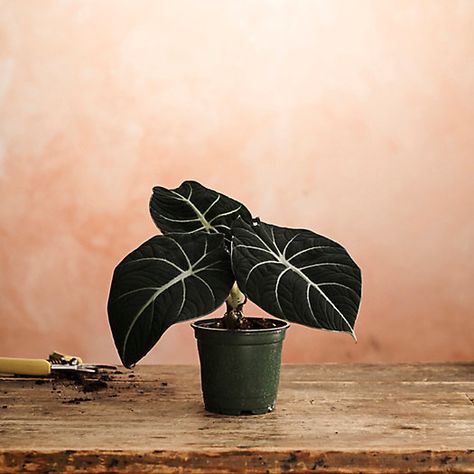
Botanical name: Alocasia reginula
Light preference: Partial
Water preference: Allow 20% of top soil to dry before watering again. Avoid root rot and promote proper drainage by adding a layer of pebbles to the bottom of the pot!
With Alocasia Black Velvet, it’s important to make sure it’s never sitting in water for too long as root rot can take hold rather quickly!
12. Ripple Peperomia
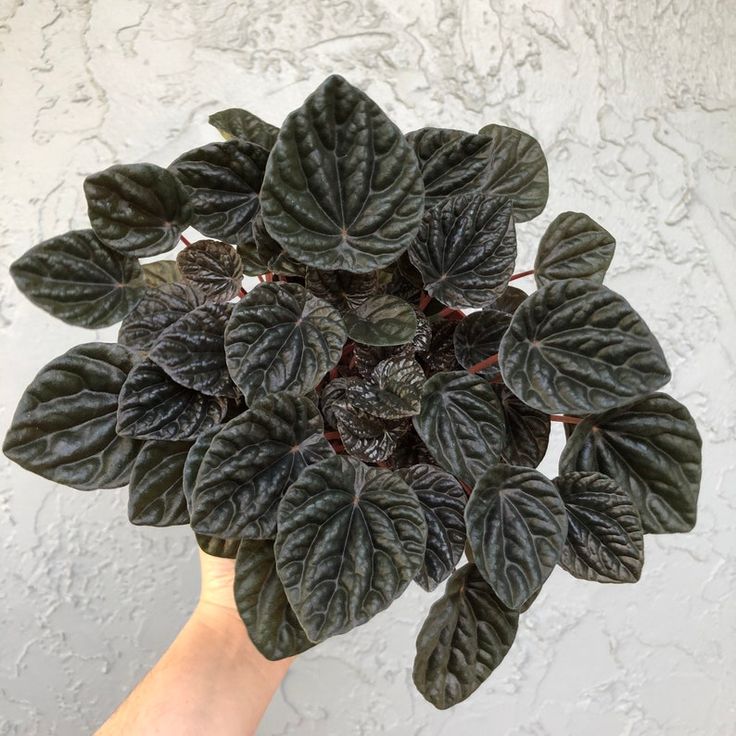
Botanical name: Peperomia caperata
Light preference: Partial
Water preference: Keep in evenly moist soil and water regularly. Wait for the first inch of topsoil to be dry before watering again.
Ripple peperomia’s leaves will begin to droop when it is crying out to be hydrated.
11. Black Bat Flower
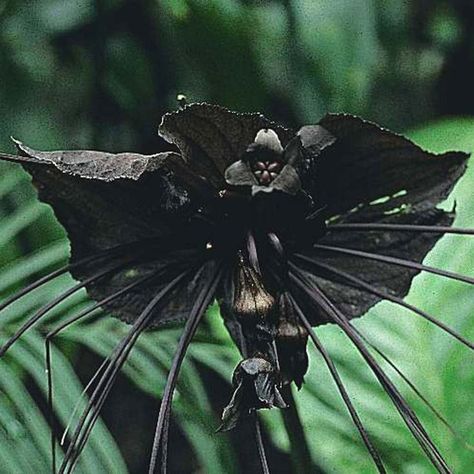
Botanical name: Tacca chantrieri
Light preference: Partial sun to dappled shade, indirect sunlight.
Water preference: After planting, make sure to keep the soil most. Don’t allow your gorgeous bat flowers to dry out for too long and make sure they are in an area with good drainage!
Make sure to fertilize your bat flowers as they thrive in consistently fertilized environments!
10. Brain Cactus
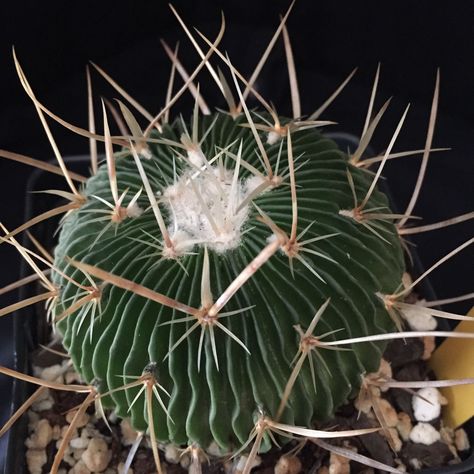
Botanical name: Stenocactus multicostatus
Light preference: Full
Water preference: It’s best to allow soil to dry out completely before watering again.
This little brain cactus is a gorgeous, creepy little addition to your ever-growing goth plant collection.
9. Dark Opal Basil
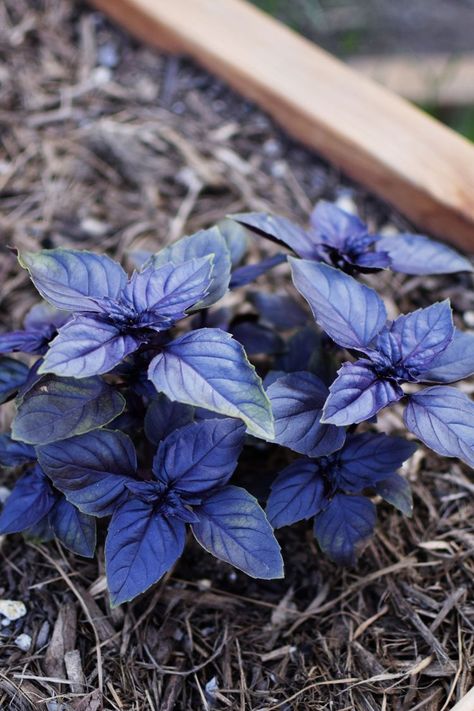
Botanical name: Ocimum basilicum
Light preference: Full sun exposure
Water preference: Keep soil moist consistently.
Make sure to cut the flowers back after they’ve bloomed if you’re planning on harvesting this gorgeous basil to use in your kitchen! Cutting the flowers will preserve the flavor of the basil down the line in your harvesting process.
When harvesting this gothic basil, make sure to leave a decent amount of leaves on the plant in order to preserve the plant in it’s entirety.
8. Dragon Lily
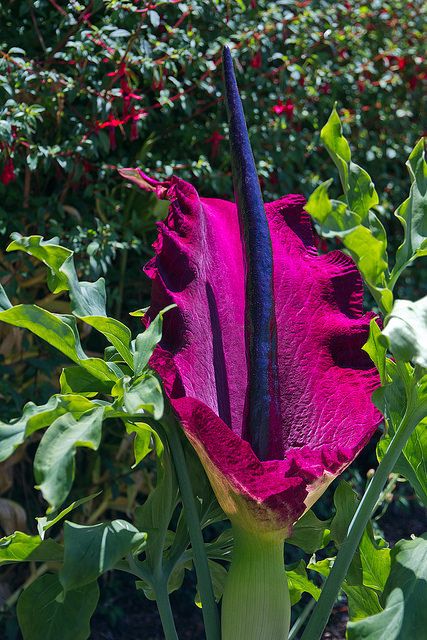
Botanical name: Dracunculus vulgaris
Light preference: Full sun and partial shade
Water preference: Water regularly and make sure to keep the soil damp.
Make sure to wear gloves when handling this plant as the dragon lily can cause mild skin irritation when touched.
7. False Aralia
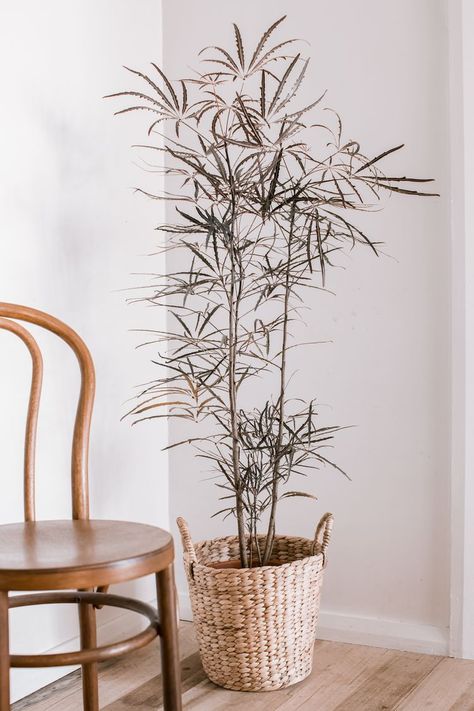
Botanical name: Plerandra elegantissima
Light preference: Bright, indirect sunlight (pro tip: the more light the false aralia gets, the darker it’s leaves will be!)
Water preference: Wait until the first top two inches of soil are dry before watering again.
Make sure to prune off any damaged or diseased portions to keep the rest of the plant strong!
6. Ghost Echeveria
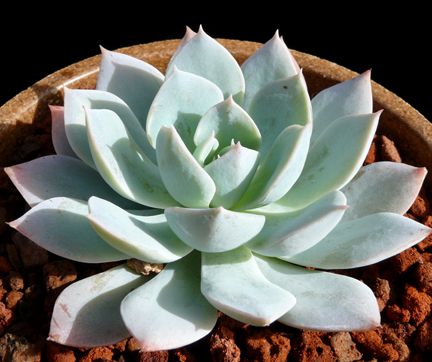
Botanical name: Echeveria lilacina
Light preference: Full to partial sunlight
Water preference: Allow soil to dry out completely before re-watering.
You can curate a small army of ghost echeveria through propagation!
5. Monkey Grass
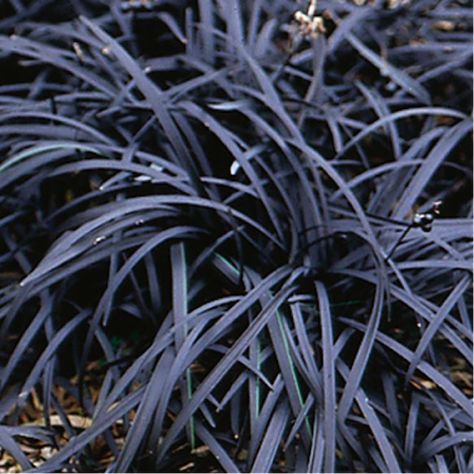
Botanical name: Ophiopogon planiscapus
Light preference: Full sun to partial shade
Water preference: Soil must be kept consistently moist but not soggy.
Make sure to give your monkey grass some extra love in the warmer months as it needs consistent watering to stay regularly hydrated.
4. Persian Shield
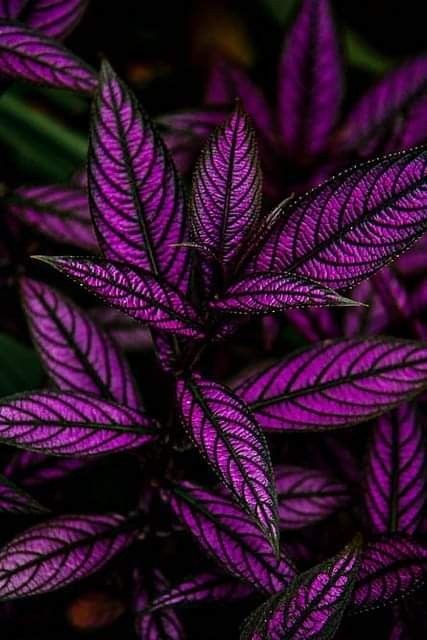
Botanical name: Strobilanthes dyerianus
Light preference: Full, indirect exposure.
Water preference: Water once weekly or mist daily in warmer months.
The persian shield’s leaves will begin to droop if it’s not getting enough water but don’t fret, these plants bounce back fairly quickly after being watered.
3. Purple Heart
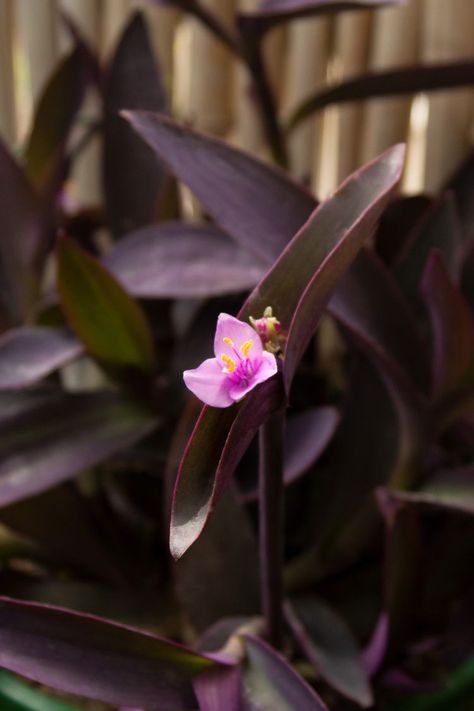
Botanical name: Tradescantia pallida
Light preference: Full sun exposure
Water preference: Considered drought tolerant but it’s best to not let it sit without water for too long. Allow the soil to grow dry and water accordingly.
It’s best to water the purple heart primarily during it’s blooming season.
2. Raven ZZ
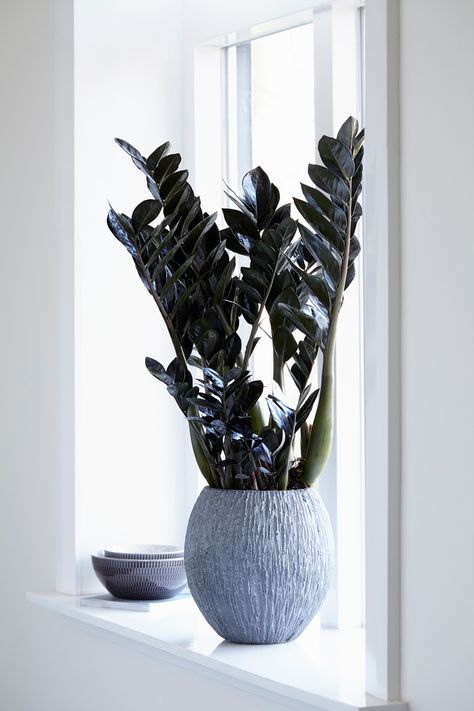
Botanical name: Zamioculcas zamiifolia
Light preference: Partial shade
Water preference: Allow water to dry out thoroughly between watering as this plant can survive long periods without water.
Although a stunning addition to any goth garden, raven zz is toxic to pets, so use caution when decorating with this lovely little plant.
1. Spiderwort
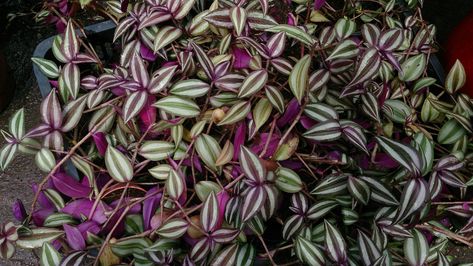
Botanical name: Tradescantia
Light preference: Full, indirect sunlight.
Water preference: Water weekly in the summer and less frequently in the fall and winter. Make sure the soil stays consistently moist but not drenched.
Keep in mind that although spiderwort is incredibly cute and contained when kept indoors, it is an invasive species and should not be planted directly in the ground outdoors.
Happy gardening!



